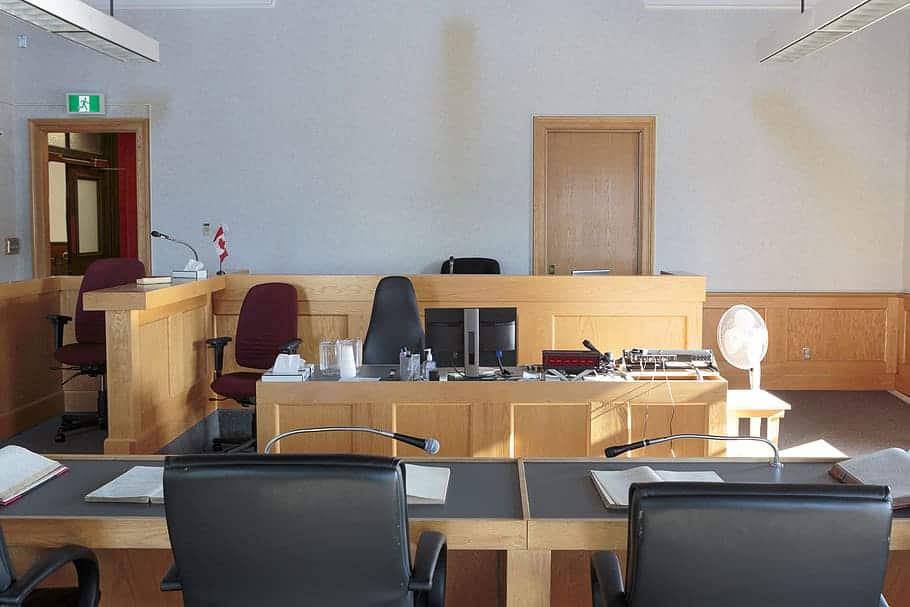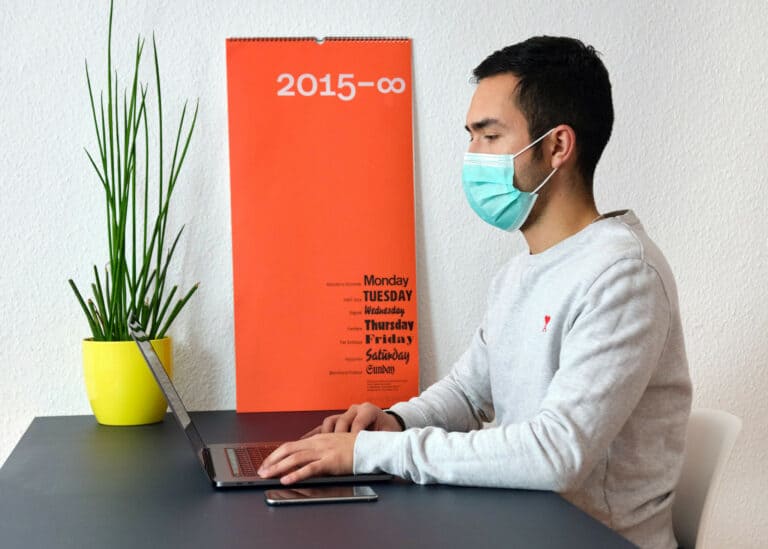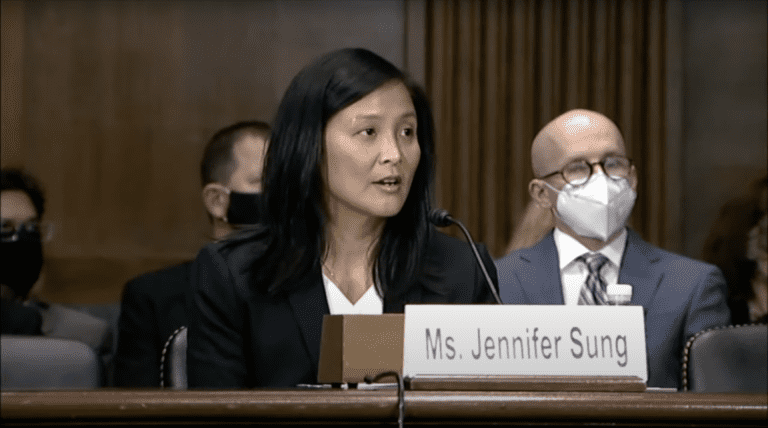
Rachel Sandalow-Ash is a student at Harvard Law School and a member of the Labor and Employment Lab.
Across the country, essential workers — healthcare workers, janitors, grocery workers, delivery drivers, and others — are protesting dangerous working conditions under COVID-19. In response, employers in various sectors are retaliating against and even firing workers who raise internal complaints or speak out publicly on issues of workplace safety. In doing so, employers are breaking the law and endangering both their employees and the public at large. While unionized workers have secured safer working conditions and enforceable protections against retaliation, thanks to inadequate labor law and employers’ concerted anti-union efforts, only 11.6% of U.S. workers are represented by a union. Moreover, the Occupational Safety and Health Administration is failing to adequately protect workers from either workplace health hazards or employer retaliation.
To protect health and safety whistleblowers, some unions and policymakers are advocating for “just cause” legislation which would protect workers from being fired without a good reason. (Most unionized workers have just cause protections in their contracts; just cause legislation would extend these protections to non-unionized workers.) For instance, New York City Council member Brad Lander has introduced just cause legislation for health care and hospital workers which clarifies that “speaking honestly about health and safety conditions is not a just cause” for dismissal. This proposed legislation is modeled after other just cause legislation that SEIU 32BJ secured for parking lot workers in Philadelphia and is promoting for fast food workers in New York City.
Just cause legislation would represent a substantial improvement on the status quo. However, under a typical just cause framework, employers can still fire workers immediately, and then argue about the reasons for the firing in a legal proceeding later. From the moment of the firing until the legal proceeding, the employer has numerous advantages over the (non-unionized) employee. An employee fired for raising health or safety concerns may not know that her legal rights have been violated. She may not be able to find an attorney who is willing to risk only being paid if the employee prevails on her claim. The employee must prepare her case while also figuring out how to support herself and her family, and maintain healthcare coverage, during a pandemic. Her coworkers will see that she has been fired and will be less likely to raise health and safety concerns with management, speak to the press, or engage in collective action. Meanwhile, the employer will still be in business, and larger employers in particular likely have full-time attorneys who can prepare a strong case to justify the firing.
So, rather than allowing employers to fire employees immediately and address the (il)legality of their actions later, local and state governments should adopt a “preclearance” system for the termination of essential workers. Such a system would require an employer seeking to terminate an employee to apply to an administrative agency — a “just cause commission” — for permission to do so. Upon receiving an employer’s application, the commission would immediately notify the employee of the employer’s intention, provide the employee with an appointed representative (analogous to a public defender or union grievance representative), and schedule an adjudication. At the adjudication, which would take place over phone/video for the duration of the pandemic, the employer would bear the burden of proving that the intended firing is for good cause and not for a discriminatory, arbitrary, or retaliatory reason. The preclearance system might need to be modified in cases where an employer alleges that an employee has engaged in serious misconduct, such as workplace violence, harassment, or mistreatment of patients. In such cases, the most important elements of the system could be maintained by allowing employers to suspend employees, with full pay and benefits, until the adjudication takes place.
This system has several key advantages. First, it would provide economic stability to workers for the duration of the legal controversy regarding their potential termination. Second, it would guarantee that workers facing termination have legal representation. Third, a worker facing potential termination would (generally) remain on the job and be better positioned to engage in collective action with her coworkers. And finally, the administrative burden of going through this process might deter employers from firing workers for retaliatory reasons or without just cause.
A preclearance system would be a sharp departure from current practice in U.S. employment law. However, this system has strong analogs in some states’ housing laws. In states such as Massachusetts, New York, and California, a landlord must obtain a court order before evicting a tenant. This system allows tenants seeking to contest their evictions to remain in their homes while doing so, rather than trying to get their homes back while living on a friend’s couch or in a shelter. Moreover, New York City, San Francisco, and Newark are rolling out right-to-counsel programs for tenants facing eviction. Similarly, other countries have established termination preclearance systems for certain categories of workers. For instance, Germany and Israel bar employers from firing pregnant employees without advanced permission from a government agency or court. Just as pregnant employees are particularly vulnerable to discriminatory firing, essential workers are currently particularly at risk of being fired for raising health and safety concerns. Given that such firings harm not just employees but also the general public — who rely on worker advocacy to ensure that hospitals, grocery stores, and other essential businesses are safe — state and local governments should strongly consider instituting a termination preclearance system for essential workers.
Employers might argue that a termination preclearance system which requires employers to continue to pay an employee who “should” be fired for just cause violates their 5th/14th Amendment due process rights and/or the takings clause. To avoid potential constitutional objections, termination preclearance legislation could specify that if an employer ultimately succeeds in the just cause adjudication, the state/local government will repay the employer for the cost of the employee’s salary and benefits from the date of termination application to the date of the adjudication. This promise of backpay would ensure that, in the end, employers are not deprived of their property (i.e. money) without due process of law.
Given the presumptive political difficulty of enacting a termination preclearance system, it would make sense to first try to limit the application of such a system to essential workers. However, as many states begin to reopen larger portions of the economy, a much wider range of workers — from hair stylists to bartenders — will face workplace health and safety risks and will likely face retaliation for speaking out about these risks. So, over time, it would make sense to extend the termination preclearance system to all workers — or at least, to all workers expected to report to a worksite outside their homes. Moreover, while it might be more politically feasible to enact a termination preclearance system only for the duration of the pandemic, workers were fired in retaliation for raising health and safety concerns long before COVID-19 started; so if this system works well, cities and states should consider extending these protections even once the current global health crisis has passed.










Daily News & Commentary
Start your day with our roundup of the latest labor developments. See all
January 5
Minor league hockey players strike and win new deal; Hochul endorses no tax on tips; Trump administration drops appeal concerning layoffs.
December 22
Worker-friendly legislation enacted in New York; UW Professor wins free speech case; Trucking company ordered to pay $23 million to Teamsters.
December 21
Argentine unions march against labor law reform; WNBA players vote to authorize a strike; and the NLRB prepares to clear its backlog.
December 19
Labor law professors file an amici curiae and the NLRB regains quorum.
December 18
New Jersey adopts disparate impact rules; Teamsters oppose railroad merger; court pauses more shutdown layoffs.
December 17
The TSA suspends a labor union representing 47,000 officers for a second time; the Trump administration seeks to recruit over 1,000 artificial intelligence experts to the federal workforce; and the New York Times reports on the tumultuous changes that U.S. labor relations has seen over the past year.